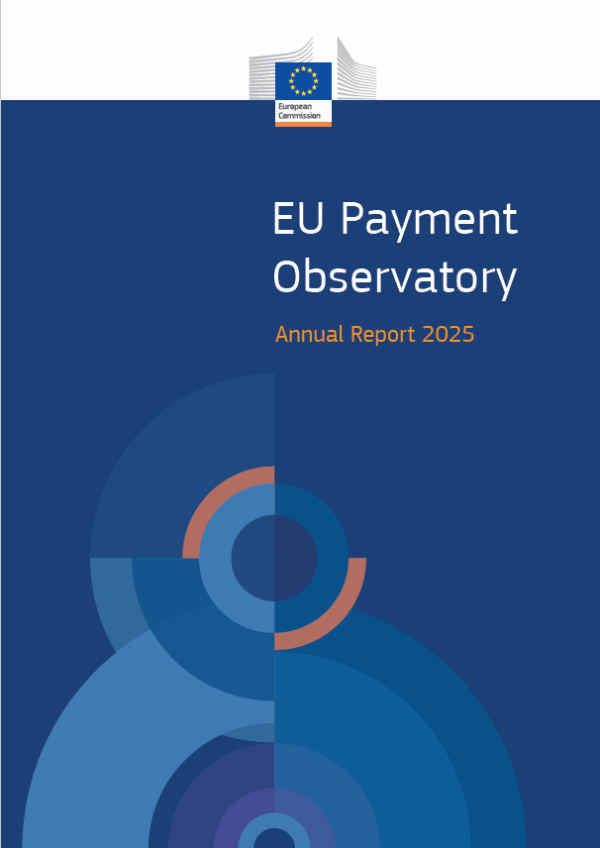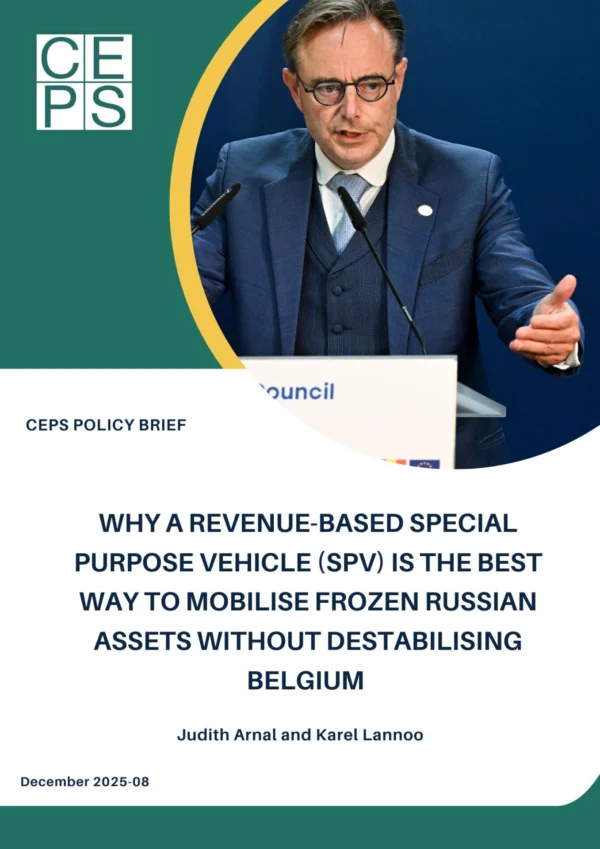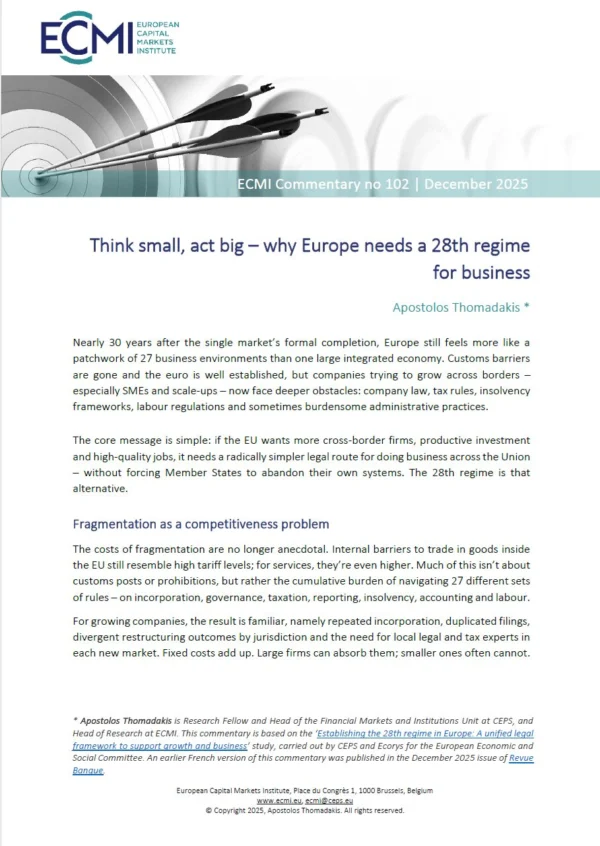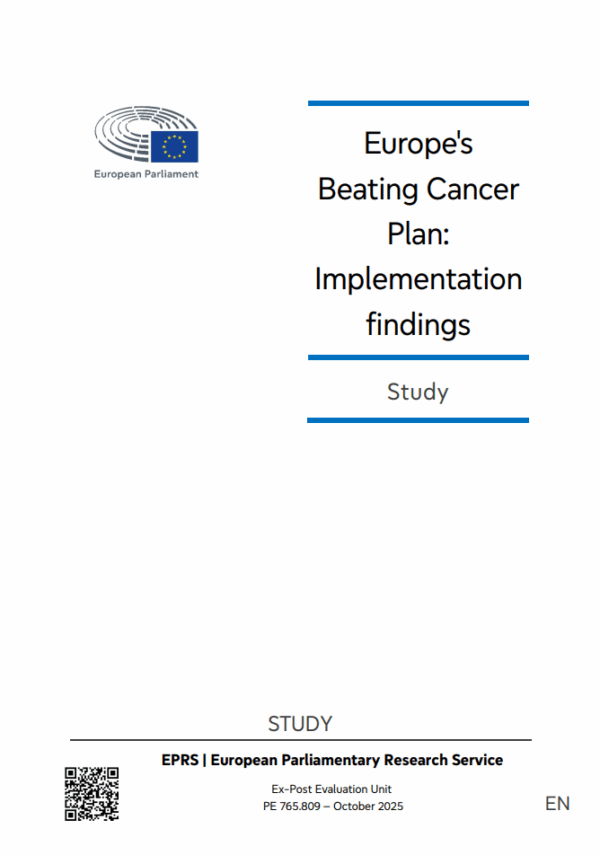Prior to the adoption of the EU’s 2030 Framework for Energy and Climate and its subsequent endorsement by the European Council in 2014,[1] the delivery of European objectives for 2020, the needed predictability for investors and transparency for citizens were ensured through national targets for greenhouse gas emissions reductions, renewable energy and energy efficiency as well as through sectoral planning and reporting obligations on member states. Not only was this energy and climate policy regime adapted in 2014 essentially by setting energy policy targets at the EU level, but it was complemented by a holistic energy policy strategy in 2015. The latter comprises the Energy Union and its five policy dimensions, which include – besides the 2030 Framework targets – energy security, the internal energy market and research, innovation and competitiveness.[2]
This new energy and climate policy system calls for a reliable and transparent new governance instrument to deliver on the Energy Union objectives, including the 2030 Framework, via a coherent set of actions at EU and national level. To answer this call, the European Commission presented a proposal for a new Regulation on Energy Union Governance as part of the “Clean Energy for all Europeans” Package in November 2016.[3] At the core of the new system are Integrated National Energy and Climate Plans, in which member states will set out their national contributions to the 2030 energy targets and present objectives as well as policies and measures for each dimension of the Energy Union. The new Integrated National Plans incorporate previous sectoral planning instruments, such as National Renewable Energy Action Plans and National Energy Efficiency Action Plans, and ensure close alignment with the review cycle of the Paris Agreement. Both the European Commission and Council already agreed that the first Integrated National Plans should be finalised well before 2020 and followed-up and implemented by a biennial reporting and monitoring process.[4]
While the details of the European Commission proposal will be negotiated with Council and Parliament in the months to come, it is already clear at this stage that due to the need for contributions by various actors, only a governance system that is fully supported by member states, investors and citizens can be successful in delivering on the Energy Union. So, what is in it for whom?
Member states as stakeholders. Setting up the new Integrated National Plans well before 2020 will require some effort on the part of member states, but it will also represent an opportunity to simplify and rethink existing sectoral planning and reporting. Through their integrated approach, the National Plans clearly open the possibility of streamlining national administrative processes, e.g. between the energy and climate fields. Moreover, several member states already have post-2020 energy and/or climate policy strategies in place that can be built upon. Even more importantly, the new National Plans provide a unique opportunity to set up a long-term strategy for 2030 and beyond, which is consistent between the energy and climate fields and reaps benefits from synergies across the five dimensions of the Energy Union. A coherent strategy that minimises duplication of effort and interactions between the different policies and considers potential effects on neighbouring countries will enable member states to make the least-cost choices for their own national energy and climate policies and mitigate the risk of stranded infrastructure assets. Finally, new National Plans represent the key tool to ensure investor certainty, growth and job creation in the energy sector until 2030 and beyond. As such, they also will create positive competition between member states to retain or attract investment by providing low regulatory risk and a long-term investment horizon. In this vein, the Governance of the Energy Union will encourage and reward early-moving member states that create suitable conditions for long-term energy investment in their countries.
Investors as stakeholders. The cost of capital in the energy sector is closely tied to predictable policies and regulatory stability, with uncertain future developments being priced as risk premium in the cost of financing. In this context, National Plans will provide predictability until 2030 and beyond, which will be essential given the long time horizons for investment in generation capacity or energy infrastructure. The regular reporting on the implementation of the National Plans by member states and the subsequent monitoring of progress made by the European Commission will ensure transparency in this regard. Reliability in the achievement of the 2030 Framework targets will be ensured by an iterative process between the European Commission and the member states, which includes response measures if insufficient progress is made towards these targets. Since National Plans will be developed by all member states simultaneously based on a dedicated template covering the five dimensions of the Energy Union, they will provide investors with a complete picture of planned energy and climate policies by member state, the similarities and differences across member states as well as their cross-border policy approaches. Moreover, the horizontal nature of the plans, which include infrastructure objectives and projects, alongside their reinforced regional component, will provide for adequate signals for necessary investments in the energy transmission network across Europe.
Citizens as stakeholders. Early involvement of citizens in the development of the post-2020 energy and climate policy strategies is also of key importance. National public consultations at an early stage of the National Plans can provide for such involvement, which will also enhance public acceptance and ownership at local level of the proposed policies. As for investors, the reporting and monitoring system will enhance transparency for citizens. The annual State of the Energy Union represents an opportunity to inform, engage and build trust with citizens and consumers on topics such as energy security, infrastructure, affordability and sustainability. Furthermore, local and regional initiatives such as the Covenant of Mayors can complement the National Plans and support them in terms of both ambition and implementation.
In conclusion, while the transition to the new energy and climate policy regime for 2030 and beyond may require some short-term efforts by all stakeholders, the Energy Union governance system and its new National Plans will provide direct benefits for member states, investors and citizens alike in the medium and long term. These direct benefits will be complemented by broader benefits from the delivery of the Energy Union in terms of achieving common energy and climate policy goals, closer cooperation and solidarity within the Union and technological innovation as the basis for the creation of jobs and growth.
Ultimately, the governance and its National Plans represent an unprecedented opportunity for Europe to further strengthen cooperation in the areas of energy and climate policies, while shaping cost-effective solutions in the interest of our citizens and industries. But for all this to become reality, National Plans need to be developed and finalised well before 2020. The European Commission is already supporting the process by providing guidance and technical assistance, sharing best practices, and promoting regional cooperation. It is now up to the European Parliament and the member states to take this next step towards European integration in the framework of the Energy Union.
At the time of writing this Commentary, Niels Anger was with the Directorate General for Energy, European Commission and he is now with the German Federal Ministry for Economic Affairs and Energy. Leonardo Zannier is in the Directorate General for Energy, European Commission. The views set out in this contribution are those of the authors only and do not necessarily reflect the views of CEPS or the official opinion of the European Commission or national administrations.
CEPS Commentaries offer concise, policy-oriented insights into topical issues in European affairs. As an institution, CEPS takes no official position on questions of EU policy. The views expressed are attributable only to the authors and not to any institution with which they are associated.
Available for free downloading from the CEPS website (www.ceps.eu) ? © CEPS 2017
[1] Council of the European Union, (2014), Council Conclusions from 23 and 24 October 2014 on 2030 Climate and Energy Policy Framework, EUCO 169/14 following European Commission (2014), Communication “A policy framework for climate and energy in the period from 2020 to 2030”, COM(2014) 15 final.
[2]European Commission (2015), Communication “A Framework Strategy for a Resilient Energy Union with a Forward-Looking Climate Change Policy”, COM/2015/080 final.
[3] European Commission (2016), Proposal for a Regulation on the Governance of the Energy Union, amending Directive 94/22/EC, Directive 98/70/EC, Directive 2009/31/EC, Regulation (EC) No 663/2009
[4] Council Conclusions on the governance system of the Energy Union, November 2015.












